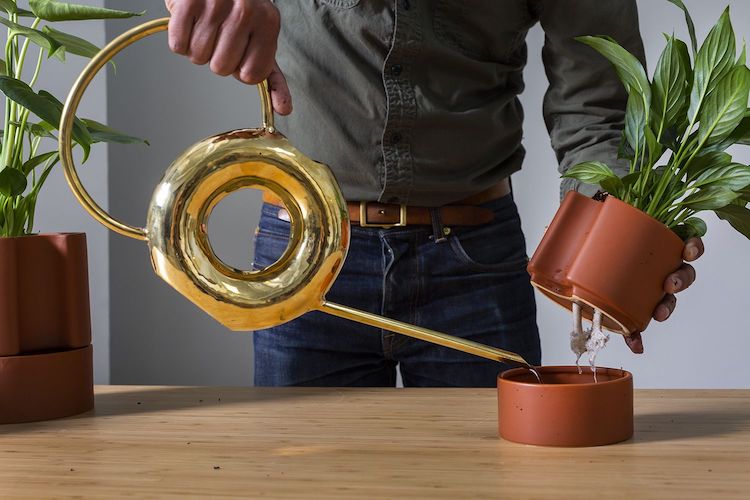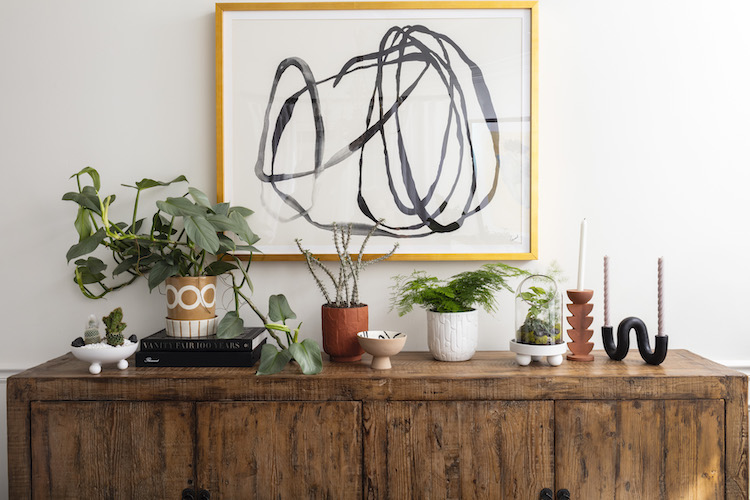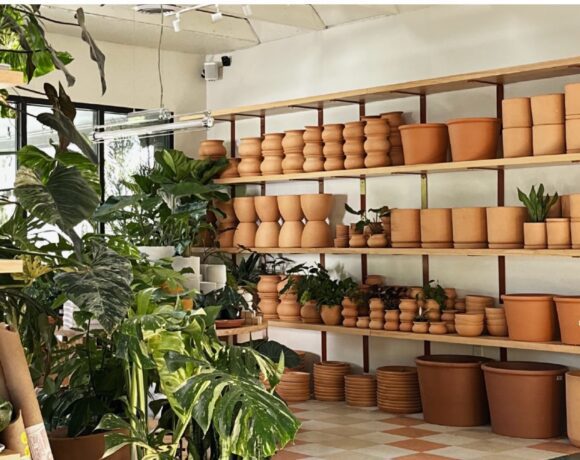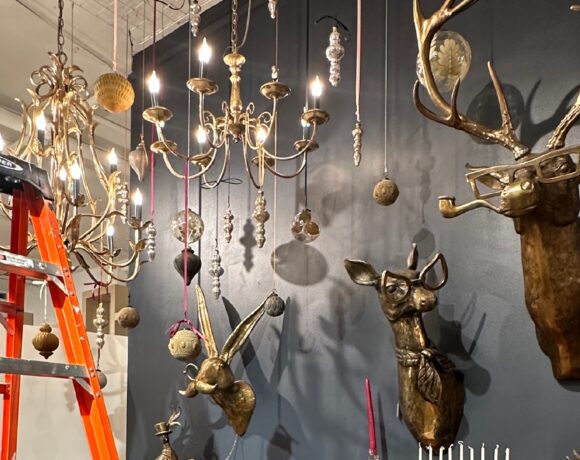It can be stressful to leave your plants home alone, or entrust their care to someone else while you travel, but these tips will help ensure you return to happy and healthy plants!
Generally, if you’ll be away for less than 7 days, you probably don’t need a plant sitter- as long as your plants won’t need water before you return. If that’s your situation, there are still a few things you should do to prepare for your time away from your plants:


- Check to make sure that all plants are as recently watered as possible and won’t need more water before you return. If they will, consider finding a plant sitter, or using a self-watering planter. Self-watering planters use a wick, with one end placed in the soil and the other placed in a reservoir below. As the soil dries the wick pulls more moisture up, so all you need to do is ensure the reservoir is full and the soil should remain evenly moist!
- Ensure humidifiers are full, and any grow lights/humidifiers are on a timer.
- Quarantine any problem plants to keep pests or other issues from spreading.
- If you usually run the heat (or AC, for summer travel), make sure that you have those set to come on occasionally while you’re away. Temps can change dramatically indoors without climate control and plants can freeze/overheat.
- Don’t forget your propagations/cuttings. Change water before leaving and/or make sure plant sitters know to top off or change the water. For non-water based propagations, make sure the planting medium is moist enough, and heat mats are set on a timer as well.
If you’ll be gone for longer than your plants can go between waterings, you’ll want to find a plant sitter. Whether you’re using a pro, or just a friend who is willing to help, set them up for success with a few simple steps:


- Group plants with similar care needs together in spots where they’ll get appropriate light (you may need to move some plants around). Then add notes to each area, indicating how to care for each group.
- If you use cachepots, it’s often easiest to remove plants from their decorative pots and place them in the sink/tub, as long as there’s enough light for the plants there. This helps cut down on the risk of root rot, since excess water can freely drain out.
- Have a lot of hanging plants? If you have the right light in your bathroom, try hanging them all on the shower curtain rod- less trips for the plant sitter and everything can drip dry into the tub. If you don’t have a window in your bathroom, you can set up a hanging clothes rack in another room with a tarp/towels underneath.
- If you use a moisture meter, leave notes for each plant indicating what level of dryness your plant sitter should look for when watering. Make sure to show them how to use the meter before leaving.
If you’d prefer to leave your plants where they are, make some simple markers out of popsicle sticks, etc. Create a color coded guide to indicate how often the different types of plants should be watered and place the markers in the corresponding plants. Your plant sitter can just match the colored markers to the guide so they know how often to check/water.
If your plant sitter is still nervous about all this responsibility, plan some video calls so you can see how the plants are doing and offer any guidance they might need.
Having houseplants doesn’t have to mean you can’t travel and enjoy the holidays. Taking some steps to prep before you leave will keep plants thriving, until you return home to them!
Guest Writer: Danae Horst, Folia Collective








COMMENTS ARE OFF THIS POST